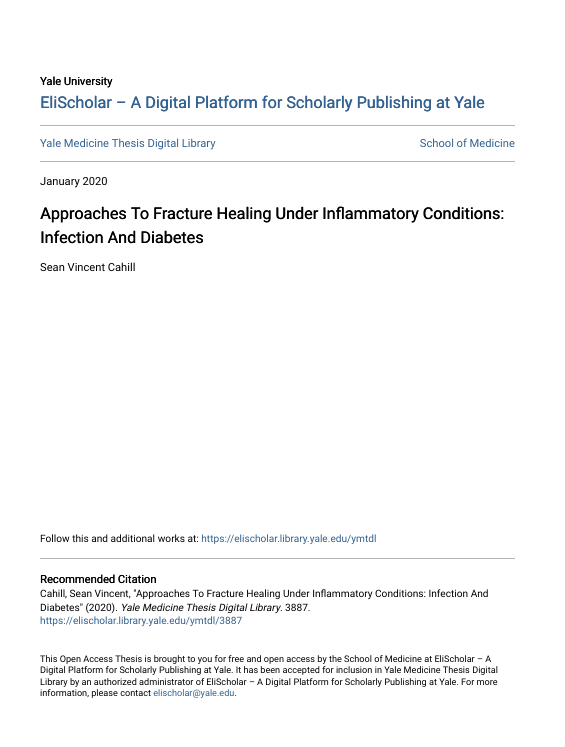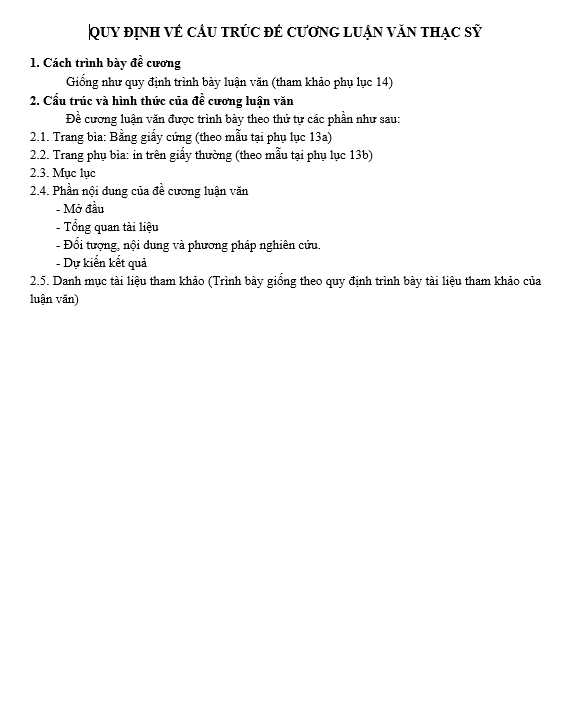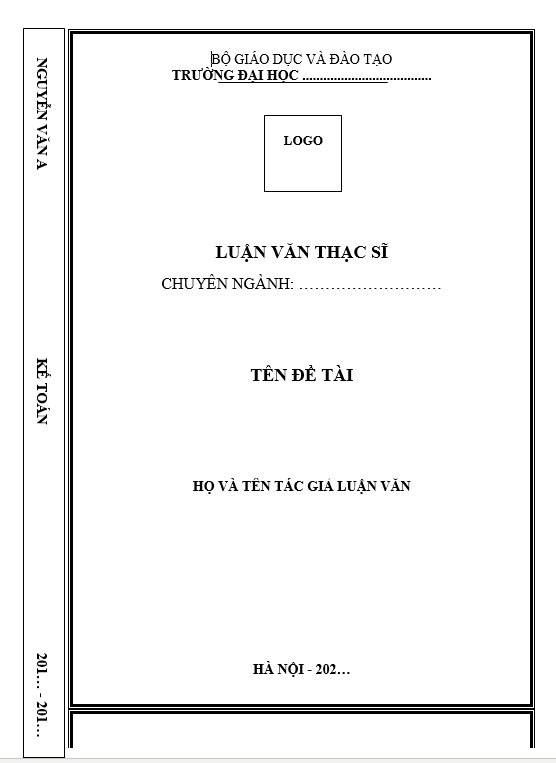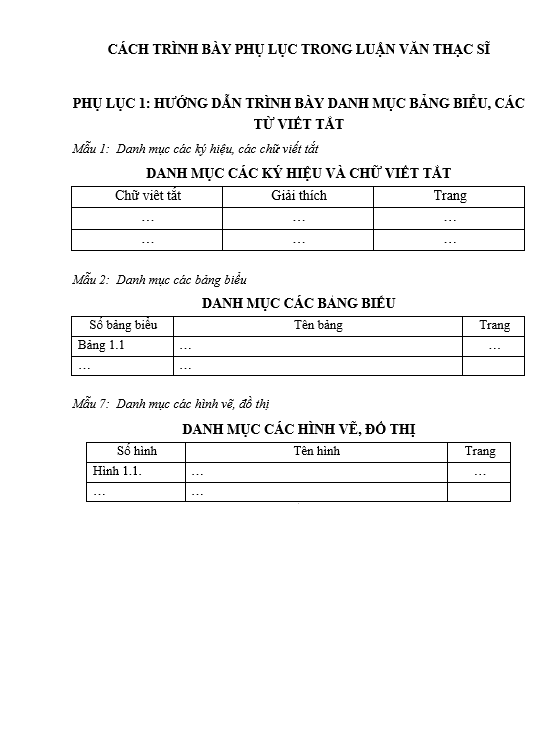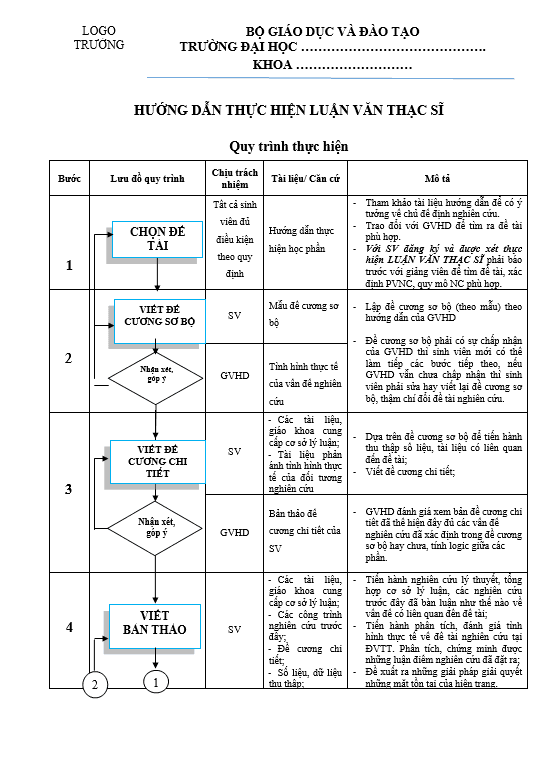Table of Contents
2. Introduction………………………………………………………………………………..7
1. Overview: Fracture healing is essential to human health……………………….…7
2. Bone quality in health and disease……………………………………………..….8
3. Normal fracture healing depends on controlled inflammation………………..…23
4. Infection and osteomyelitis: mechanisms and the inflammatory response………26
5. Consequences infected fracture: case presentation and treatment approaches..…29
6. Open fracture: minimizing infection risk with systemic and local strategies…….36
7. Diabetes is a pro-inflammatory condition that increases fracture risk………..…37
8. Diabetic fracture healing and the need for new treatment approaches……….….44
9. The role of murine models to study fracture healing and musculoskeletal
disease……………………………………………………………………………………………………..52
3. Purpose and specific aims……………………………………………………..…………53
4. Methods……………………………………………………………………………………55
1. Summary of experimental designs……………………………………………….55
i. MRSA infection and antibiotic hydrogels……………………………….55
ii. Diabetic fracture healing with local and systemic PTH…………………56
iii. Diabetic fracture healing under infected conditions……………………..56
2. Detailed methods
i. Animals…………………………………………………………………..57
ii. Type 2 diabetic mouse model and metabolic testing………………….…57
iii. Hydrogel preparation…………………………………………………….58
iv. Surgical open fracture model…………………………………………….59
v. Bacterial colony-forming unit analysis…………………………………..61
vi. Radiographic and histologic analysis…………………………………….61
vii. Immunohistochemistry…………………………………………………..63
viii. Biomechanical testing……………………………………………………64
ix. Statistics………………………………………………………………….65
5. Results……………………………………………………………………………………67
1. Rifampin-loaded hydrogels decrease bacterial load and improve fracture healing
in a MRSA-infected open fracture model………………………………………..67
2. MRSA-infected nonunion is characterized by impaired chondrocyte maturation and
is associated with IL-1 and NF-KB activation……………………………………74
3. A high-fat, high-sugar diet induces a type 2 diabetic phenotype characterized by
obesity, impaired glucose metabolism, increased infection burden, and poor
fracture healing characteristic of type 2 diabetes…………………………………80
4. Systemic and local PTH improves fracture healing in a type 2 diabetic mouse
model, but more data collection is required to fully evaluate this hypothesis……..87
5. Systemic administration of parathyroid hormone, along with systemic antibiotics,
improves fracture healing under infected conditions…………………………….89
6. Discussion……………………………………………………………………………………….93
1. Rifampin-loaded hydrogels reduce bacteria load and improve fracture healing in a
MRSA-infected, open fracture mouse model……………………………………93
2. MRSA-infected fracture is marked by poor chondrocyte proliferation and
maturation as well as IL-1 and NFKB inflammatory signaling………………….96
3. High-fat, high-sugar diet induces a mouse model of type 2 diabetes…………..99
4. Fracture healing is improved by systemic and hydrogel-delivered teriparatide
treatment in diabetic mice………………………………………………………102
5. Use of teriparatide to improve fracture healing in a MRSA-infected open fracture
model in diabetic and normal mice……………………………………………..103
6. Inflammatory fracture healing: summary, conclusions and future directions….107
7. References……………………………………………………………………………………..109

